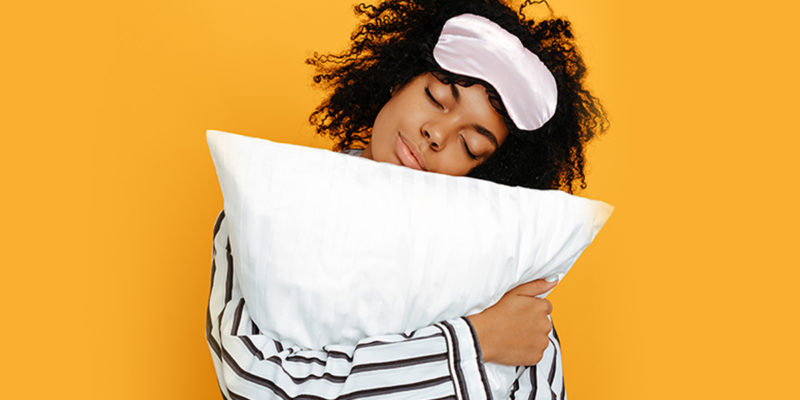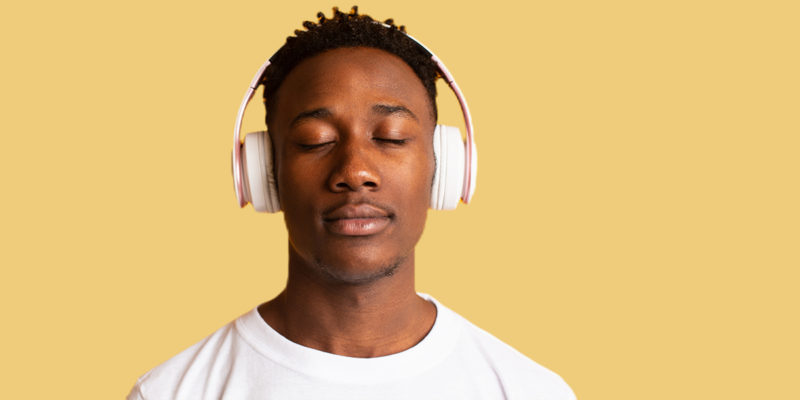How To Breathe Better

Been experiencing shortness of breath lately? There are a lot of potential reasons why you might have trouble breathing. Allergies, asthma, COVID-19, and various health conditions all can lead to shortness of breath. You can sometimes feel short of breath if you have anxiety as well.
If you think you might be experiencing a medical problem, we urge you to consult with a healthcare practitioner as soon as you can. Shortness of breath can sometimes be a symptom of a life-threatening condition.
But if you are just looking for some help to breathe more easily and effectively, we have some useful tips for you. Please remember, none of these tips will treat any medical condition. We are simply sharing them for your convenience.
1. Clear congestion
If you are experiencing congestion for any reason, that will make it harder to breathe, especially through your nose.
Breathing through your nose actually can help you breathe more easily.
This article explains this is because:
- Breathing in and out of the nose filters, heats, and treats the air.
- It helps us take fuller, deeper breaths.
- It allows us to absorb more oxygen and raises the intake of nitric oxide, a molecule that opens the blood vessels, which increases circulation and allows oxygen, blood, and nutrients to travel to every part of the body.”
Sometimes, you may need to treat an underlying condition to remove congestion. But at-home methods like nasal sprays may help.
You can also try an exercise from “The Oxygen Advantage,” by Patrick McKeown, as described by The New York Times: “Sit up straight, gently inhale and exhale through the nose, then pinch both nostrils shut. Shake your head up and down or from side to side until you feel the need to breathe. Take a slow breath in through the nose, or through pursed lips if the nose is still congested. Breathe calmly for 30 seconds to a minute and repeat five more times.”
2. Try breathing through pursed lips
If you are taking a lot of fast, shallow breaths, you need to slow them down. Sit in a relaxed position, close your mouth, and breathe slowly through your nose. Then, purse your lips and breathe out through them. Try going in two counts, out of four counts.
If this sounds familiar from gym class, that is probably because this is a common technique taught to runners.
3. Try leaning forward
Shortness of breath is often a problem when we are not relaxed. Many people can relax better if they lean forward in a seat. It might even help to lean over a table or desk like you did when you were sleeping in class back in high school (just try not to twist your neck to the side, as that is bad for your neck).
If you do not have a chair, but do have a table or desk, you can stand, place your palms on it, and lean over it. You can also bend further over if you want, placing your forearms on it. Whatever you do, just do not tense up your shoulders or neck.
4. Breathe through your diaphragm
Do you breathe mainly from your chest? This is not the most efficient way to fill your lungs.
Harvard Health Publishing explains that this is because, in COPD, air can become trapped in the lungs, which keeps the diaphragm pressed down. This causes it to weaken and work less efficiently. Diaphragmatic breathing can help people with COPD strengthen the diaphragm, which in turn helps them use less effort and energy to breathe.”
Lots of people without COPD also can benefit from diaphragmatic breathing, however, as many of us are chronic chest breathers!
Harvard recommends you begin by lying down and putting a pillow under your knees. Make sure to support your neck as well.
Next, Harvard writes, “Place one hand on your upper chest and the other on your belly, just below your rib cage. Breathe in slowly through your nose, letting the air in deeply, towards your lower belly. The hand on your chest should remain still, while the one on your belly should rise. Tighten your abdominal muscles and let them fall inward as you exhale through pursed lips. The hand on your belly should move down to its original position.”
With practice, you will be able to breathe more like this all of the time, including when you are sitting or standing.
5. Try meditation
One study looked into whether patients with COPD would benefit from an 8-week mindful meditation program.
The researchers reported that those who took part in the program had a “significant increase in respiratory rate over time” versus the controls.
They concluded, “The results describe good feasibility and acceptability for meditation interventions in the COPD population.”
6. Have a cup of coffee
In one study, researchers investigated the results of seven trials with a total of 75 participants to see if caffeine helps with asthma.
They found that caffeine’s ability to combat respiratory muscle fatigue while acting as a bronchodilator resulted in improvements to lung function.
Improvements were evident even when participants were assigned to take under 5 mg/kg body weight of caffeine. The effects lasted as long as two hours.
So, you might want to think about having the occasional cup of coffee when you experience shortness of breath. You could also try tea or even eating a bit of chocolate as these are also sources of caffeine.
7. Improve your general wellness
If your overall wellness is low, chances are good that you’re going to have a harder time breathing efficiently.
So, you might want to try making improvements to your wellness if possible.
For example, if you are a smoker, you can quit. If you are overweight, you can try reducing your weight. You can eat a nutritious diet, exercise regularly (but avoid overexertion), and so on.
8. Make changes to your environment
If your environment is filled with second-hand smoke, see if you can get the smoker to move their smoke breaks outside. Otherwise, consider relocating yourself.
If there are allergens like mold in your home or workplace, try and get rid of them.
Making improvements to air quality is often not easy, but it can make a huge positive difference in your life if environmental factors are contributing to your breathing problems.
Wrapping up
That wraps up our list of tips and tricks for breathing more effectively. Good luck, and remember—you should not hesitate to contact your healthcare provider if you think you may be experiencing a dangerous medical condition.





